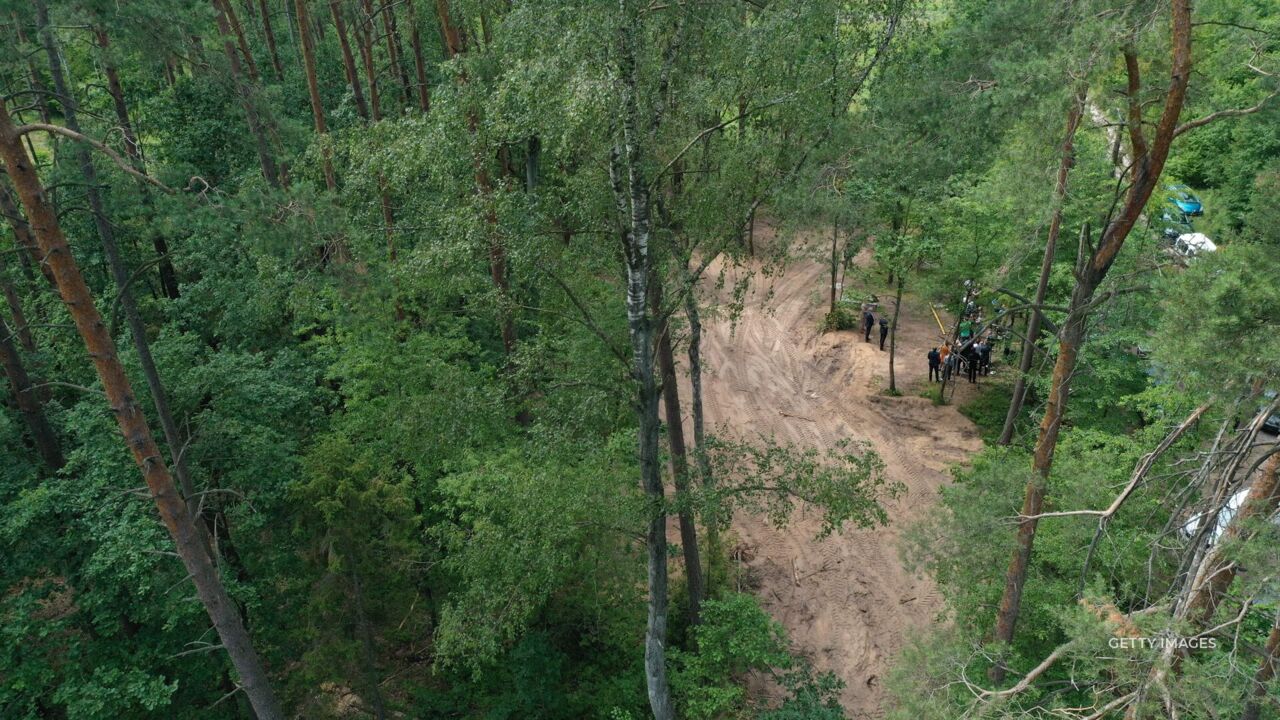
IT WAS A BANNER WEEK FOR GRISLY DISCOVERIES. IN BELGIUM THE REMAINS OF JUST THE SECOND FULL SKELETON FROM THE BATTLE OF WATERLOO WERE UNEARTHED THIS WEEK. IN POLAND, TWO MASS GRAVES WERE FOUND CONTAINING THE ASHES OF AT LEAST 8000 PEOPLE.
THE REMAINS OF THE SOLDIER FROM THE BATTLE OF WATERLOO WERE SAID TO BE FOUND IN REMARKABLE CONDITION. A TEAM OF BRITISH VETERANS AND ACTIVE-DUTY SOLDIERS FOUND THE SKELETON WHILE WORKING WITH ARCHEOLOGISTS IN AN AREA THAT SERVED AS A FIELD HOSPITAL MORE THAN 200 YEARS AGO.
EXPERTS SAY THIS COULD BE THE FIRST BRITISH CORPSE TO BE EXCAVATED SINCE THE END OF THE BATTLE, ONE OF THE BLOODIEST IN THE HISTORY OF THE BRITISH ARMY.
IN POLAND, SPECIAL INVESTIGATORS THIS WEEK ANNOUNCED THE DISCOVERY OF TWO MASS GRAVES IN A FOREST ABOUT 100 MILES NORTH OF WARSAW. THE VICTIMS WERE MOSTLY INMATES OF A NEARBY NAZI PRISONER CAMP.
THE GRAVES CONSISTED OF TWO PITS, TEN FEET DEEP AND FILLED WITH AT LEAST 17 TONS OF ASHES. IT’S ESTIMATED AT LEAST 8000 PEOPLE ARE BURIED THERE.
POLAND’S INSTITUTE OF NATIONAL REMEMBRANCE DISCOVERED THE GRAVES. THE INSTITUTE SAID MOST OF THE VICTIMS WERE LIKELY POLISH ELITES, MILITARY AND RESISTANCE FIGHTERS, OR JEWISH INMATES.
THE INSTITUTE INVESTIGATES NAZI AND COMMUNIST CRIMES AGAINST POLES, AND CAN BRING CHARGES AGAINST SUSPECTS IF THEY ARE STILL ALIVE.










